Obregonia Denegrii: A Comprehensive Guide to Rare and Remarkable Cacti
Introduction
Obregonia Denegrii, commonly known as the artichoke cactus, is a rare and fascinating cactus species that fascinates hobbyists and botanists alike. This unique plant is native to the arid regions of northeastern Mexico and is known for its distinctive appearance and fascinating growth patterns. Named after Mexican revolutionary and president Álvaro Obregón, Obregonia Denegrii belongs to the cactus family and is highly sought after by collectors for its rarity and aesthetic appeal.
Physical Characteristics
Obregonia Denegrii is a small, slow-growing cactus, usually about 4 inches (10 cm) tall and about 4 to 6 inches (10 to 15 cm) in diameter. The plant is characterized by a rosette-like arrangement of tubers that closely resembles artichoke leaves, hence its common name. Each bump is triangular in shape and has a rough, warty texture. The cactus is covered with a dense woolly blanket that helps protect it from the harsh desert sun.
One of the most striking features of Obregonia Denegrii is its areoles, which are small cushion-like structures located at the tips of tubercles. These areoles produce short white spikes that add to the unique appearance of the plant. In summer, the cactus blooms with small white to pink flowers that rise from the center of the rosette, creating a beautiful contrast against the green body of the plant.
Habitat and distribution
Obregonia Denegrii is endemic to the Tamaulipas region of northeastern Mexico, where it grows on rocky limestone hills and dry scrubland. This cactus thrives in well-draining, sandy or rocky soil and is adapted to survive in harsh, dry conditions with minimal rainfall. The natural habitat of the plant is characterized by high temperatures and strong sunlight, which affected its development and growth.
Due to its limited distribution and the special environmental conditions it requires, obregonia denegrii is considered a rare and endangered species. Overfishing and habitat destruction further threatened its survival, making conservation measures crucial to its continued existence.
Growing and Care
Growing Obregonia Denegrii in cultivation can be a rewarding experience for cactus enthusiasts, but it requires careful attention to mimic its natural habitat. Here are some important tips for successfully growing this unique cactus:
Soil: Use a well-draining cactus mix with plenty of minerals, such as pumice, sand and perlite. Avoid heavy, organically rich and wet soils.
Watering: Obregonia Denegrii tolerates drought well and should be watered sparingly. Allow the soil to dry completely between watering to prevent root rot. Reduce watering significantly during the winter months while the plant is dormant.
Light: Provide bright direct sunlight for several hours a day. This cactus thrives in full sun and needs plenty of light to maintain its compact rosette. If growing indoors, place it in a south-facing window or under grow lights.
Temperature: Obregonia Denegrii prefers warm temperatures and can tolerate high heat. However, it is sensitive to cold and should be protected from freezing. Ideally, the plant is kept between 70 and 90 °F (21 and 32 °C).
Fertilization: Feed the cactus during the growing season (spring and summer) with a balanced, diluted cactus fertilizer. Avoid excessive fertilization, as excess nutrients can harm plants.
Propagation: Obregonia Denegrii can be propagated from seeds or cuttings, although it is a slow-growing cactus. Adding seeds requires patience and careful attention to soil and moisture conditions.
Conservation status
The International Union for Conservation of Nature (IUCN) has listed Obregonia Denegrii as an endangered species. The main threats to its survival are habitat destruction from agricultural expansion, illegal logging and climate change. Conservation efforts focus on protecting its natural habitat, combating illegal collection, and promoting sustainable agricultural practices.
Conclusion
Artichoke cactus Obregonia Denegrii is a remarkable and rare species of cactus that fascinates plant lovers with its unique appearance and fascinating growth habits. This endangered cactus, native to the arid regions of northeastern Mexico, requires special care and attention during growth. By understanding its natural habitat and following proper cultivation practices, cactus enthusiasts can help preserve this unique plant for future generations. Whether you are an experienced collector or a novice grower, obregonia denegrii is an exciting addition to any cactus collection, offering a glimpse into the diverse and hardy world of desert flora.
Checkout our variety of trees here : https://boota.pk/buy-trees/
To learn more about your favourite plants, check our YouTube channel : https://www.youtube.com/@boota4474

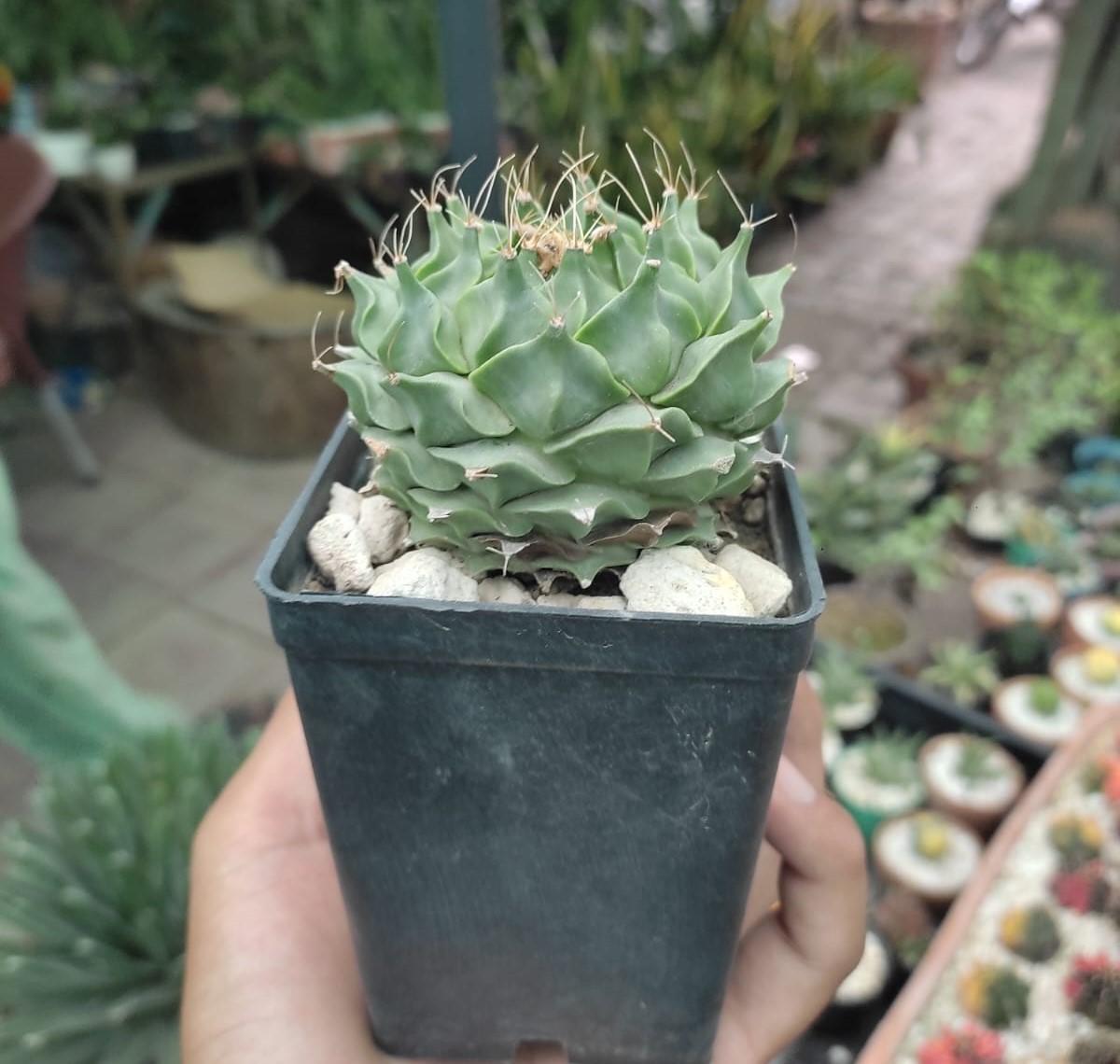
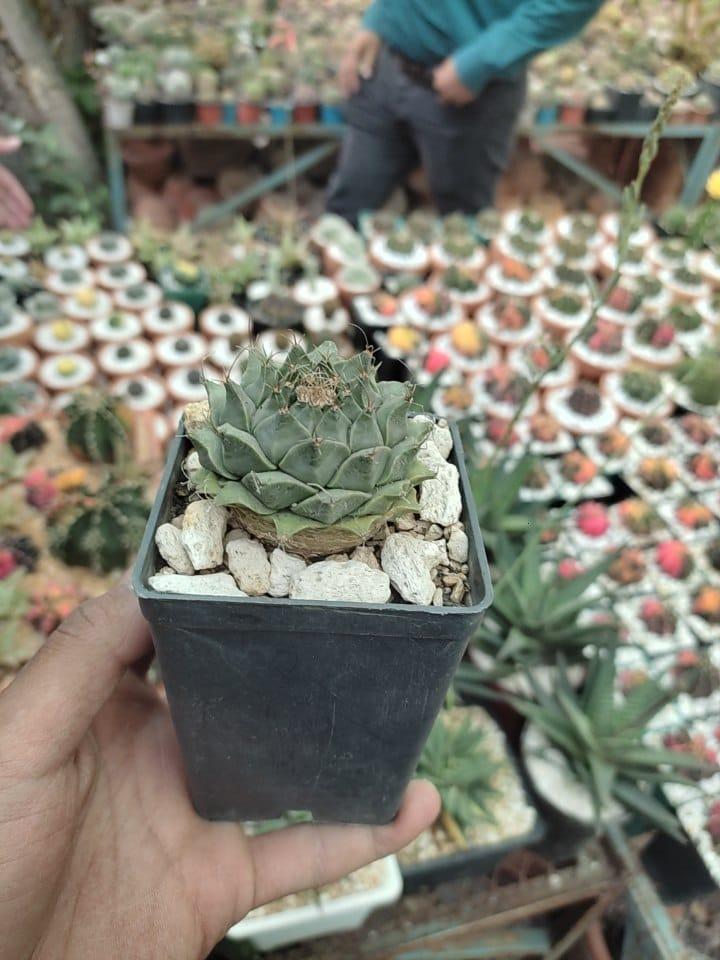
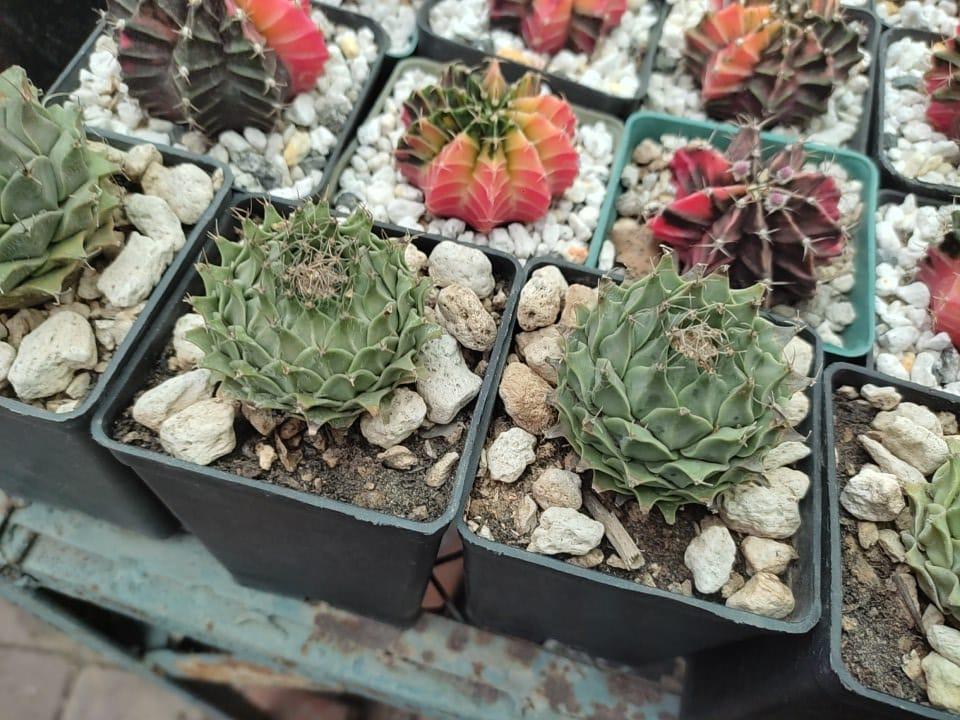
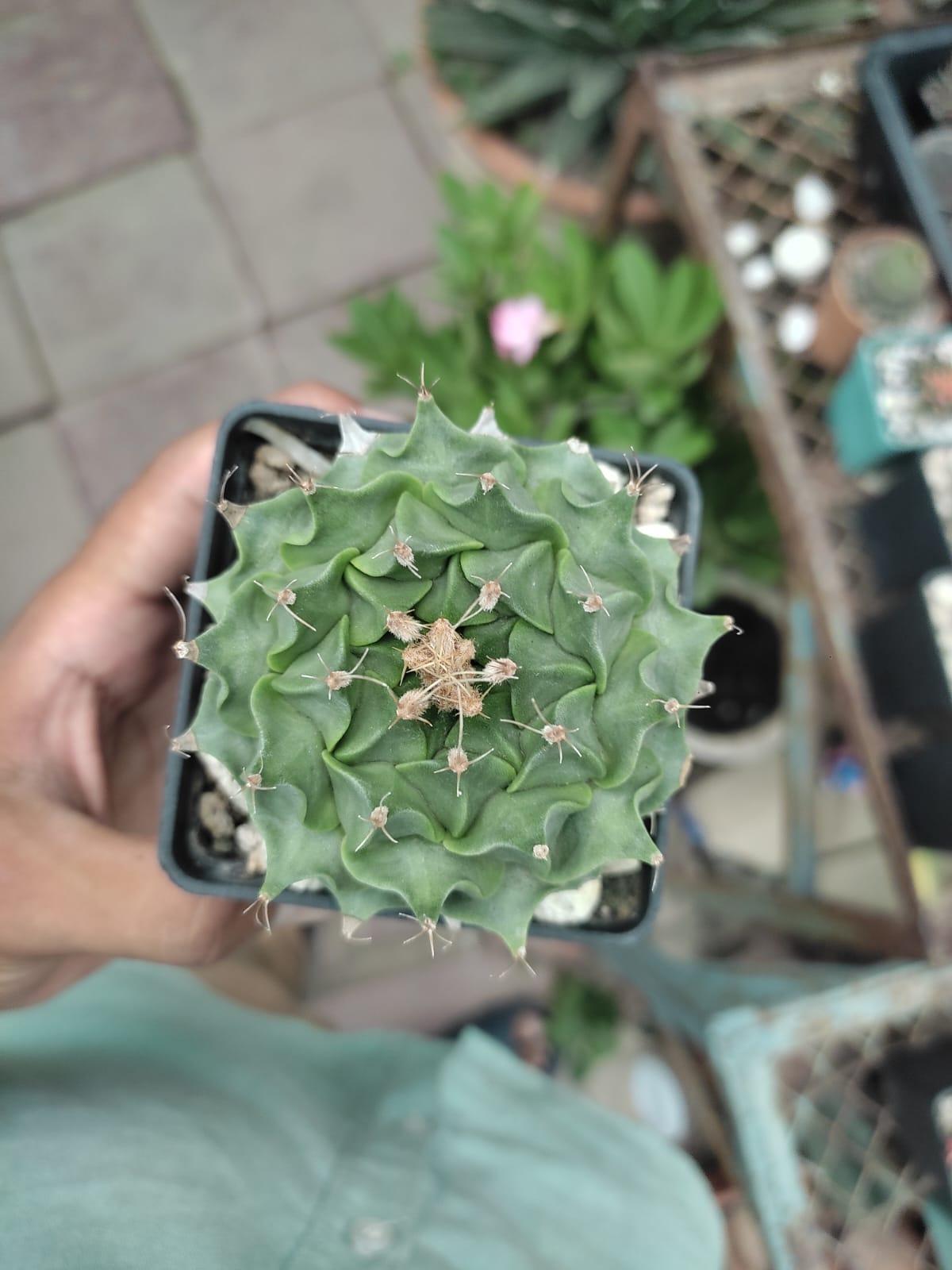
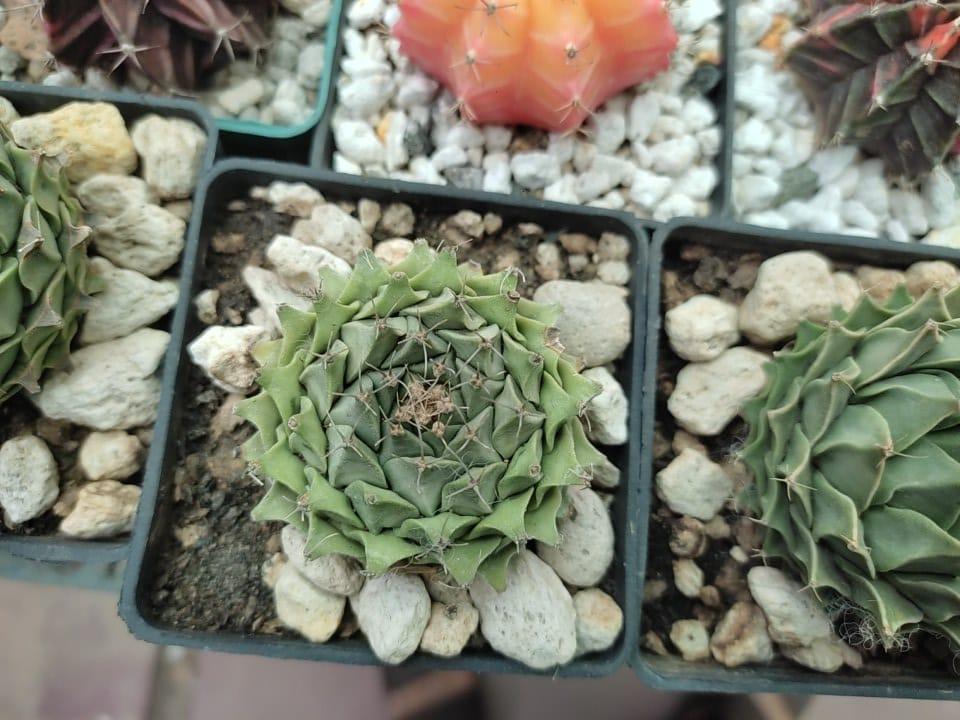



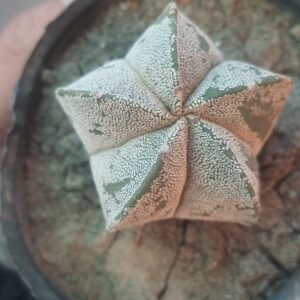
Reviews
There are no reviews yet.